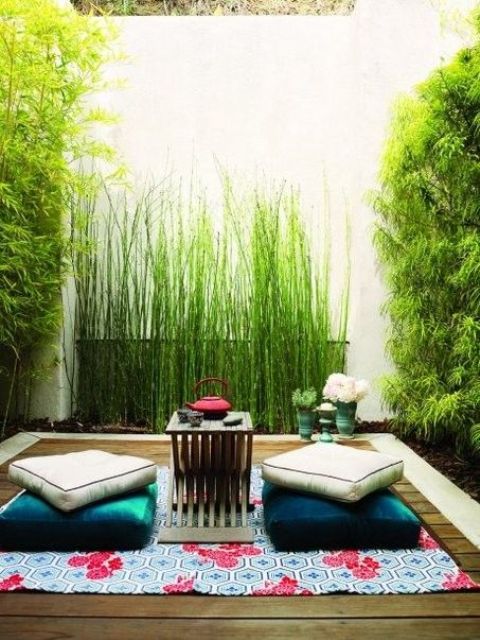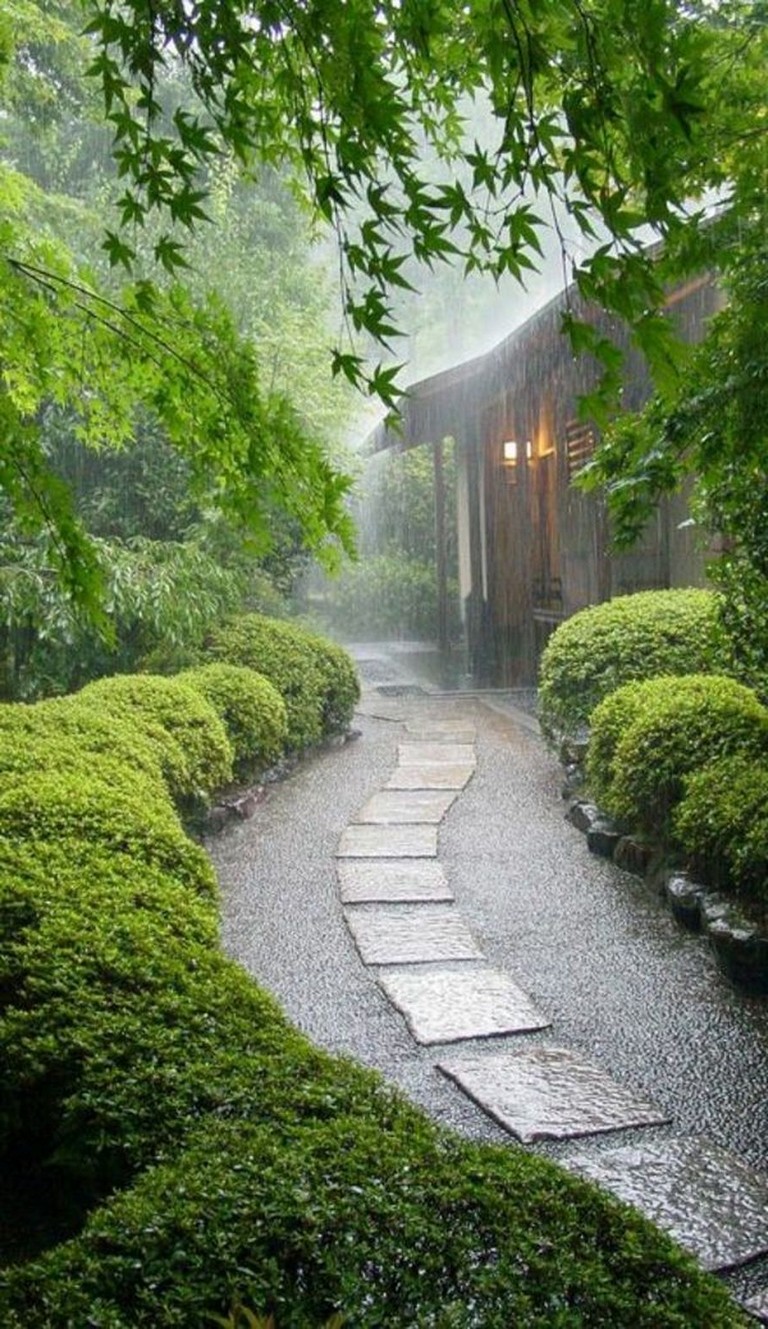

The stones too are a representation, they represent trees if they are placed upright, or if they are placed flat like stepping stones, they represent the sea. The aim is to rake the colored sand in circular motions or in a pattern, to represent the sea. Zen gardens are a place that encourage introspection and meditation. They are carefully controlled settings which feature raked sand, raked gravel, larger rocks, stone, pebbles and shrubs. This is not true, there is an absolute difference with clear rules for Zen gardens in place.Ī classic Zen garden is an aid to meditation that were first created by monks. Many people incorrectly refer to Japanese garden design as ‘Zen’. Listen to this post…įirstly, let us establish what a Zen garden is and what it is not. In this post, we will be showing you some Zen garden ideas that will help you create yours. The benefits are time served and well established. A space for contemplation, they are a great place to reflect on your sense of wellbeing, reduce the stresses in your life and focus your mind. Or, you may use a Shishi Odoshi (traditional Japanese bamboo water fountain), which is easy to make and provides calming sounds of water dripping.Get inspired with our authentic zen garden ideasįor those of you looking to create classical Zen gardens…you won’t regret it. And a trickling Asian-style waterfall or fountain will help drown out the urban noises. It’s Okay If Your Rock Garden Contains Pond Or WaterĪlthough water is not a part of the traditional Zen garden, you can add water to yours if you want.įrom my point of view, the sound of moving water can create a more relaxing environment that is beneficial to meditation. Keep Your Plants to An Absolute MinimumĮven though plants glorify the beauty of a typical garden, when you are creating a Japanese Zen garden, you should keep them a bit minimal as the emphasis is more focused on rocks and their placement around the orchard. Just make sure that the number of vertical and horizontal rocks in your garden is well-balanced.īy the way, you may also use large stones to represent the other elements of nature. But, if you like even numbers, you may do so. Personally, I like to put odd numbers of stones together as this type of formation looks more balanced to me. A reclining rock (earth), a tall vertical rock (earth), and a flat rock (water).A tall vertical rock (wood) beside a reclining rock (earth).A short vertical rock (metal) along with flat rock (water).If you ask for my suggestion, I will tell you to try out different combinations, such as: Low and reclining stones (reisho and kikyaku rocks) portray metal and the earth.Arching stones (shigyo rocks) act as fire.Flat, horizontal stones (shintai rocks) symbolize flowing water.Vertical stones (taido rocks) are often used to represent trees or the element of wood.You Should Have A Knowledge About The Symbolism Behind The Stoneīefore the creation of a Japanese rock garden, you should know the symbolism behind different types of stones. See also Can You Eat Cherry Blossoms? Descriptive Answer 3. However, you can enhance its beauty by adding stone lanterns, artificial waterfalls, and a buddha statue. The process I just described is a minimal requirement of a rock garden. Step 11: Finally, use the wooden rake to make ripples or swirls in it. Step 10: Then, spread a few inches of white gravel all over the surface using a hoe. Make sure to cut holes in the fabric to shelter the rocks and plants. Step 9: After that, place the landscape fabrics over the ground.


Keep in mind that you should place the rock in a way that they look like mountains. Step 8: Plant your trees inside the holes as well as bury the rocks. Also, you need to dig holes for your plants. Step 7: If you plan to place large stones or gather the gravel or sand together to make mountains or islands, you need to dig a large hole for each rock. These will keep the white pebbles or sand inside.

Step 6: Place the edging stones along the lattice fence. Step 5: Tamp down the soil to make the surface more even. Step 4: Now, use your steel garden rake and scrape off the ground until the surface is flat. And then tie your strings between them to check the level with the help of your string level. Step 3: Hammer the stakes into the ground at each corner.


 0 kommentar(er)
0 kommentar(er)
